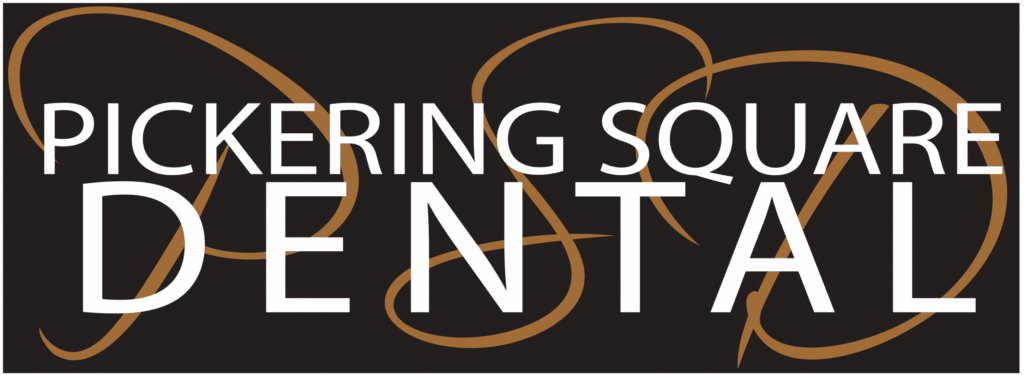Since 1994, lasers have been used in the field of dentistry to treat a number of dental problems. These lasers are not similar to the ones used in phototherapy for the relief of headaches, inflammation and pain. Laser dentistry can be a precise and effective way to perform a number of dental procedures. Here are some of the oral conditions that can be improved with the help of a laser:
Tooth Decay
Cavities, referred to as tooth decay, which occurs when certain types of bacteria produce acid that destroys the tooth’s enamel. Lasers are used to remove tooth decay as well as prepare the surrounding enamel to receive the filling.
Lesion Removal
Small lesions can be in the form of; canker sores, cold sores or mouth ulcers, and they usually develop in the mouth or at the base of the gums. They can make drinking, eating and talking uncomfortable. Lasers are also used to remove lesions in the mouth to relieve the pain of canker sores. Lasers can also be used to remove a small piece of tissue (biopsy) so that it can be examined further too if necessary.
Gum Disease
Our mouths are full of bacteria that can form a colourless, sticky ‘plaque’ on the teeth. Brushing and flossing do help get rid of plaque, but plaque that isn’t removed can harden and form ‘tartar’. When this worsens, you can develop gum disease. Lasers are also used to reshape gums and to remove bacteria during a root canal procedure.
Teeth Whitening
Our teeth, over the years, can get discolouration due to the foods and drinks we ingest. Tooth- whitening lightens the teeth and helps to remove stains and discolouration that cannot be removed by simply brushing the teeth. Lasers can also be used to speed up in-office teeth whitening procedures.
If you are somewhat of an anxious dental patient, the ease and comfort of the laser might just be what you are looking for. For Laser information, please consult Dr. Marvin Lean or a team member at Pickering Square Dental, as he has incorporated laser dentistry techniques into his practices and treatments over the years. For a complete list of conditions treated by laser dentistry, it is also best to set an appointment with Dr. Marvin Lean and his team for a more in-depth discussion on your dental concerns.

